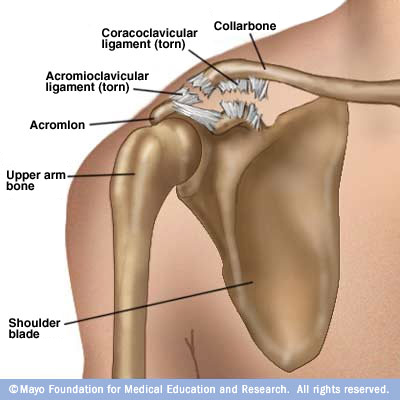Formerly called toxemia, preeclampsia is a condition that pregnant women develop. It is marked by high blood pressure in women who have previously not experienced high blood pressure before.
Preeclamptic women will have a high level of protein in their urine and often also have swelling in the feet, legs, and hands. This condition usually appears late in pregnancy, generally after the 20 week mark, although it can occur earlier.
Preeclamptic women will have a high level of protein in their urine and often also have swelling in the feet, legs, and hands. This condition usually appears late in pregnancy, generally after the 20 week mark, although it can occur earlier.
If undiagnosed, preeclampsia can lead to eclampsia, a serious condition that can put you and your baby at risk, and in rare cases, cause death. Women with preeclampsia who have seizure are considered to have eclampsia.
There's no way to cure preeclampsia, and that can be a scary prospect for moms-to-be.
But you can help protect yourself by learning the symptoms of preeclampsia and by seeing your doctor for regular prenatal care. When preeclampsia is caught early, it's easier to manage.



